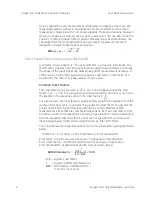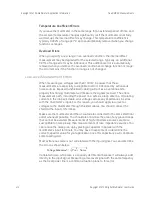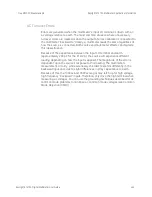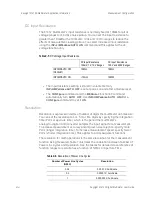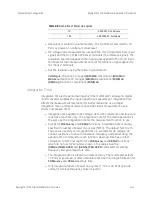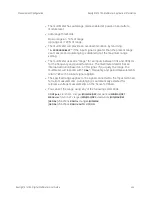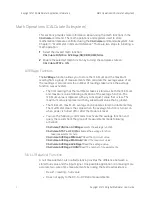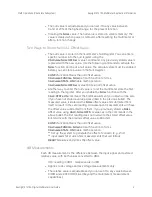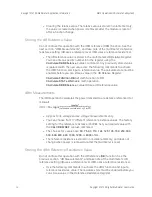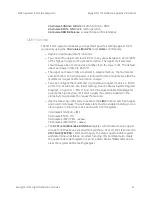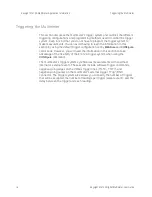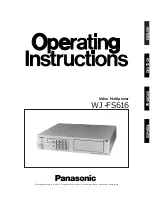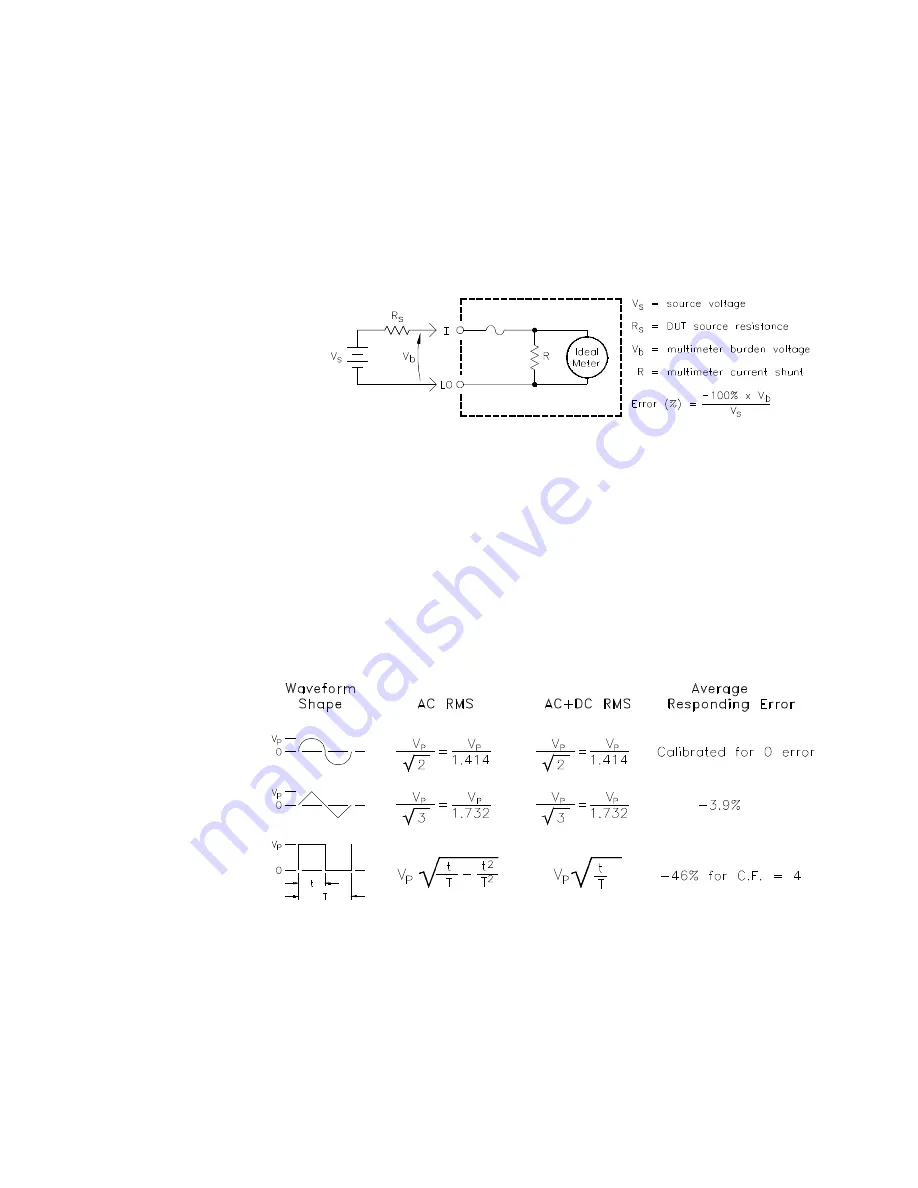
Keysight E1412A Digital Multimeter User Guide
xxxix
DC Current Measurement Errors
Keysight E1412A Multimeter Application Information
DC Current Measurement Errors
When you connect the multimeter in series with a test circuit to measure current,
a measurement error is introduced. The error is caused by the multimeter's series
burden voltage
. A voltage is developed across the wiring resistance and current
shunt resistance of the multimeter as shown below.
True RMS AC Measurements
True
RMS
responding multimeters, like the E1412A, measure the “heating”
potential of an applied signal. Unlike an “average responding” measurement, a
true
RMS
measurement can be used to determine the power dissipated in a
resistance, even by non-sinusoidal signals. The power is proportional to the
square of the measured true
RMS
voltage, independent of wave shape. An
average responding ac multimeter is calibrated to read the same as a true
RMS
meter for
sine wave inputs only
. For other waveform shapes, an average
responding meter will exhibit substantial errors as shown below.
The multimeter's ac voltage and ac current functions measure the ac-coupled
true
RMS
value. This is in contrast to the ac+dc true
RMS
value shown above. Only
the “heating value” of the ac components of the input waveform are measured
(dc is rejected). For non-offset sine waves, triangle waves, and square waves, the
ac and ac+dc values are equal since these waveforms do not contain a dc offset.
Non-symmetrical waveforms, such as pulse trains, contain dc voltages which are
rejected by ac-coupled true
RMS
measurements.
Summary of Contents for E1412A
Page 1: ...Keysight E1412A 6 1 2 Digit Multimeter User Manual and SCPI Programming Guide 75000 Series C ...
Page 2: ......
Page 6: ...vi ...
Page 18: ...xviii Keysight E1412A Multimeter User Guide ...
Page 242: ......
















